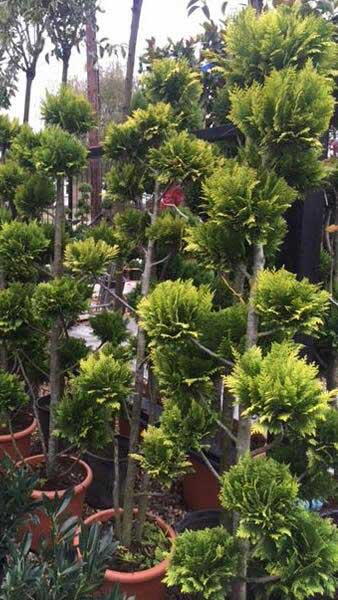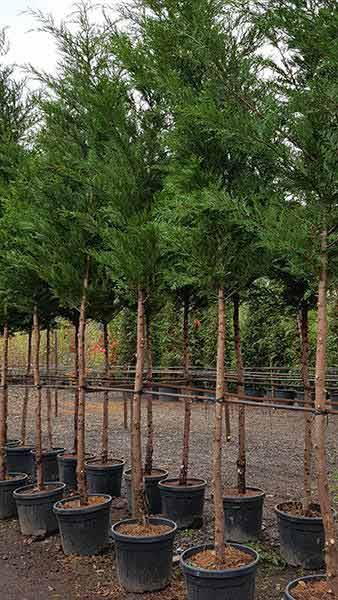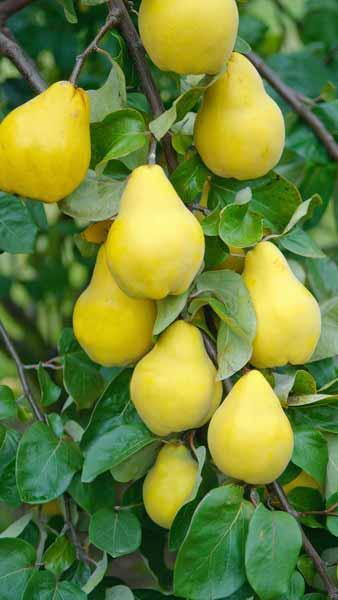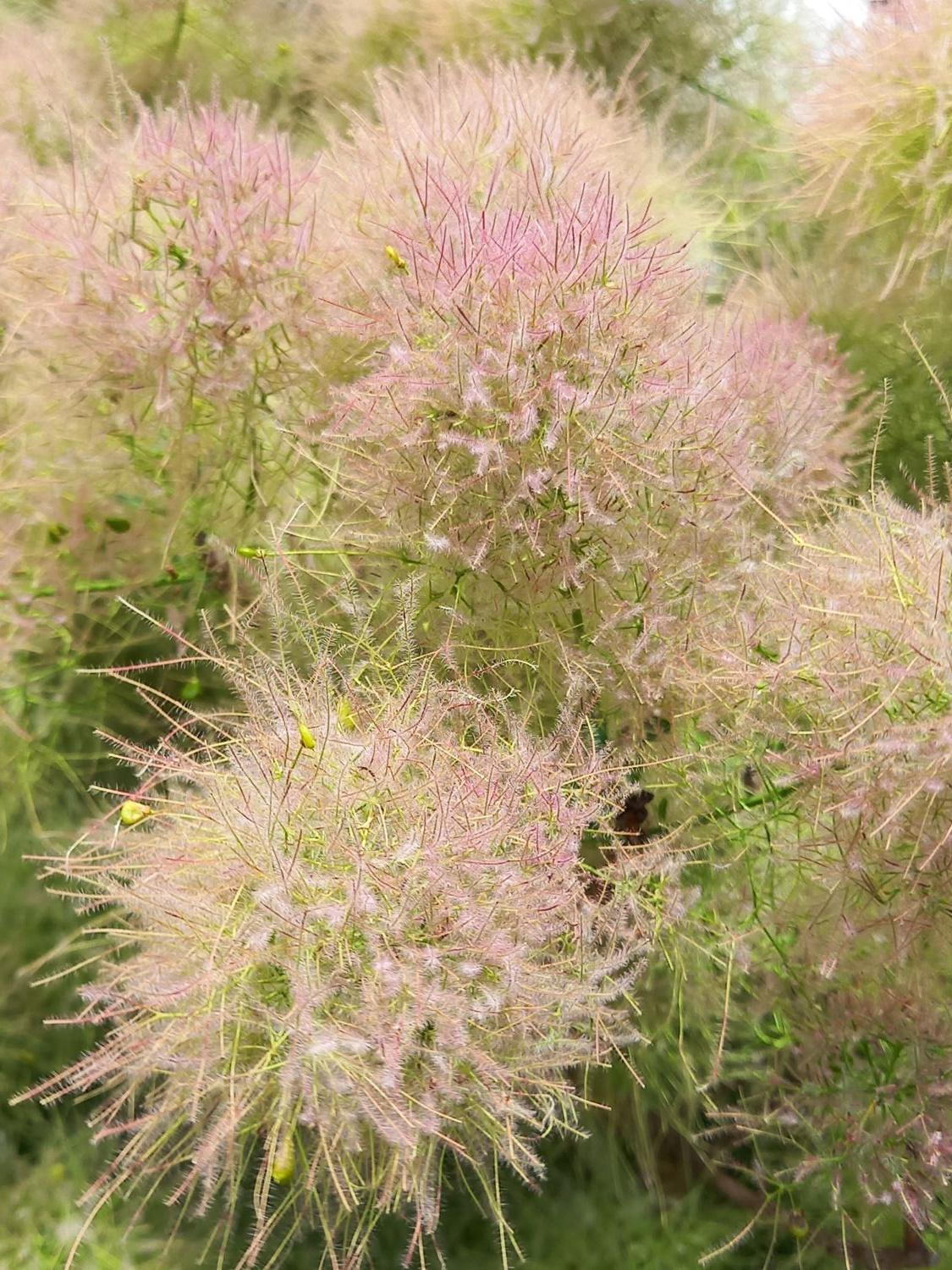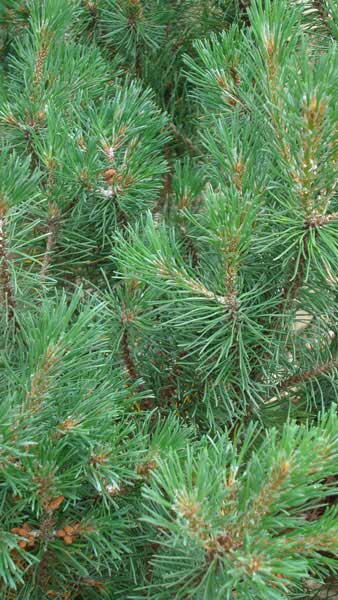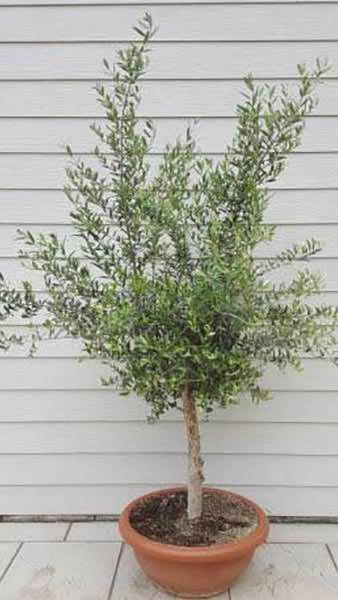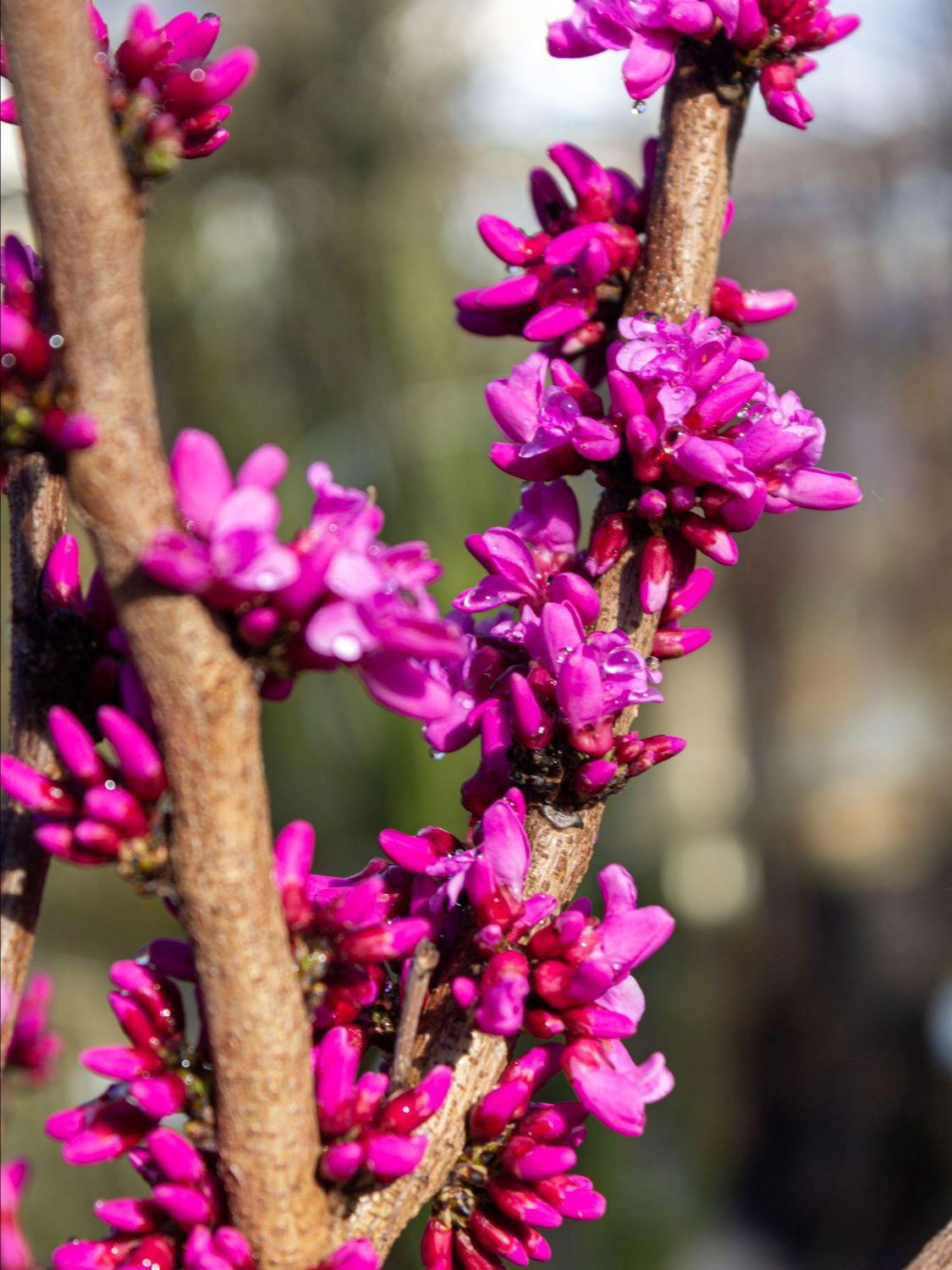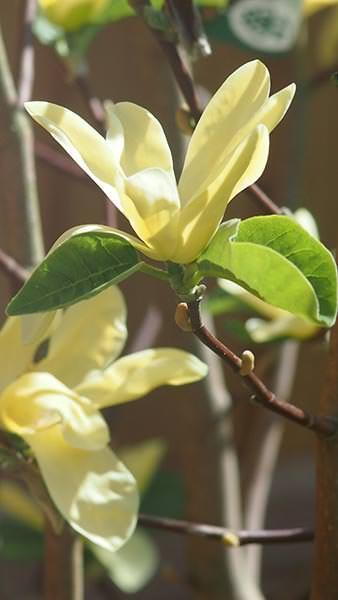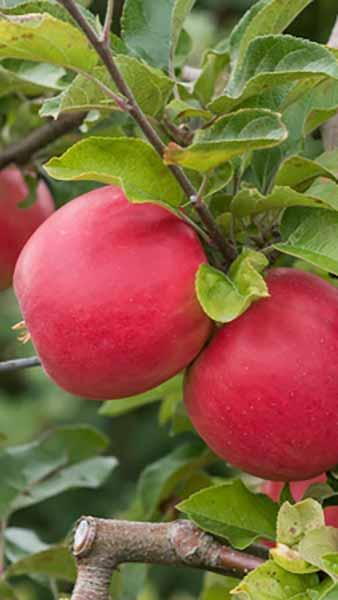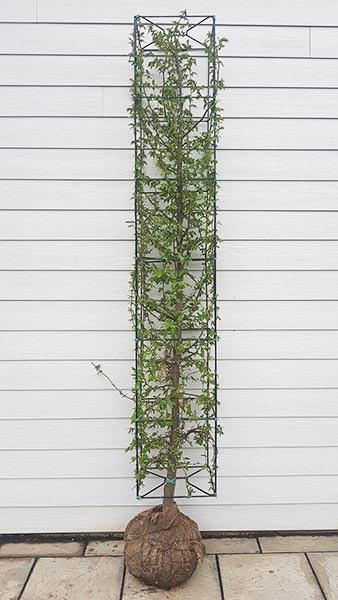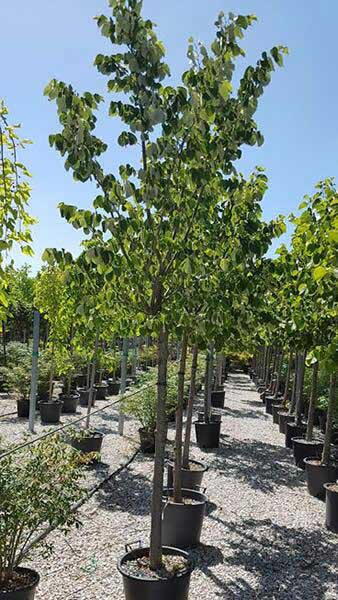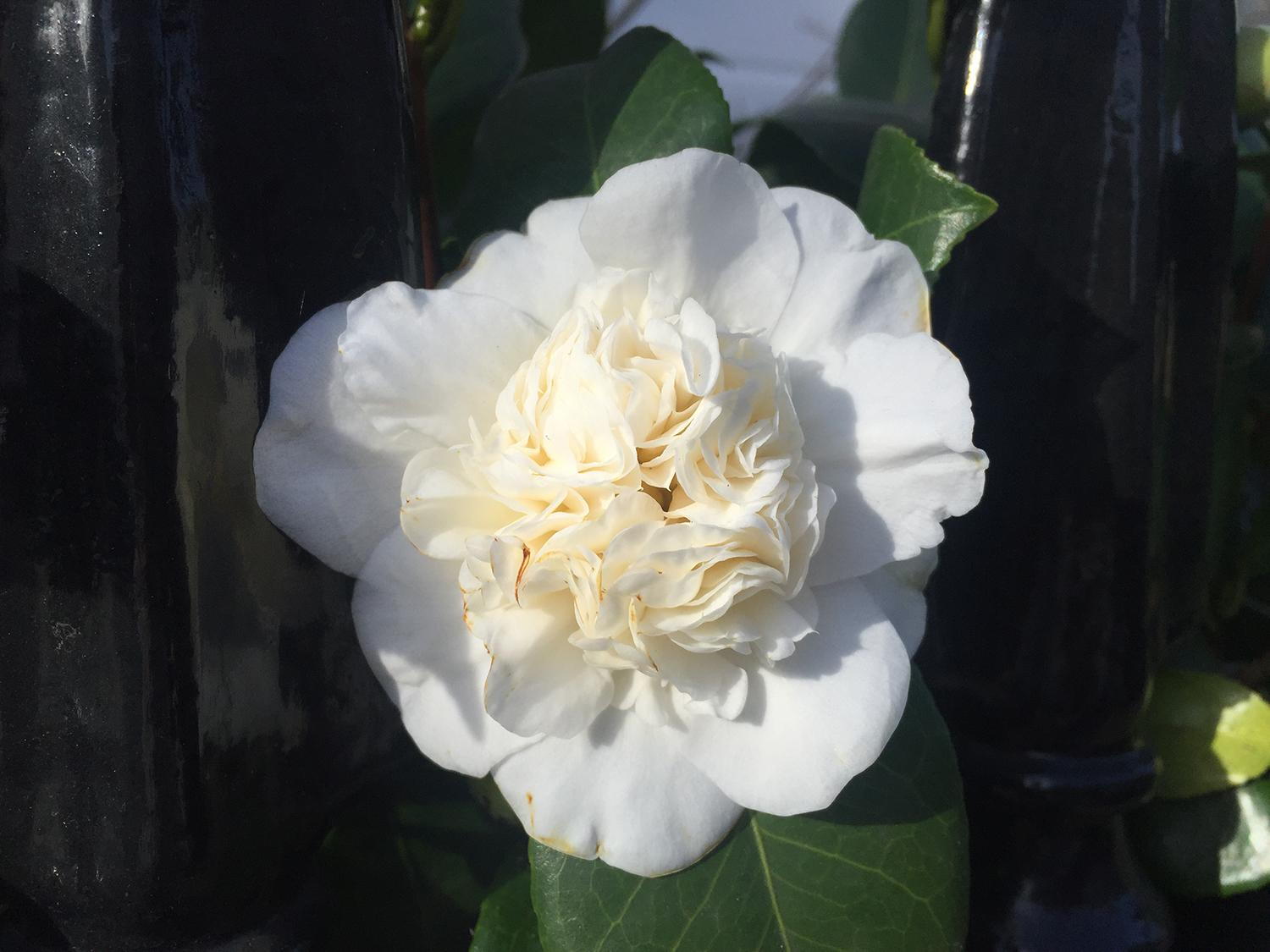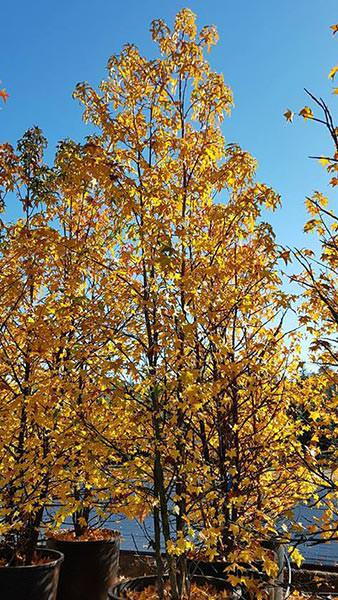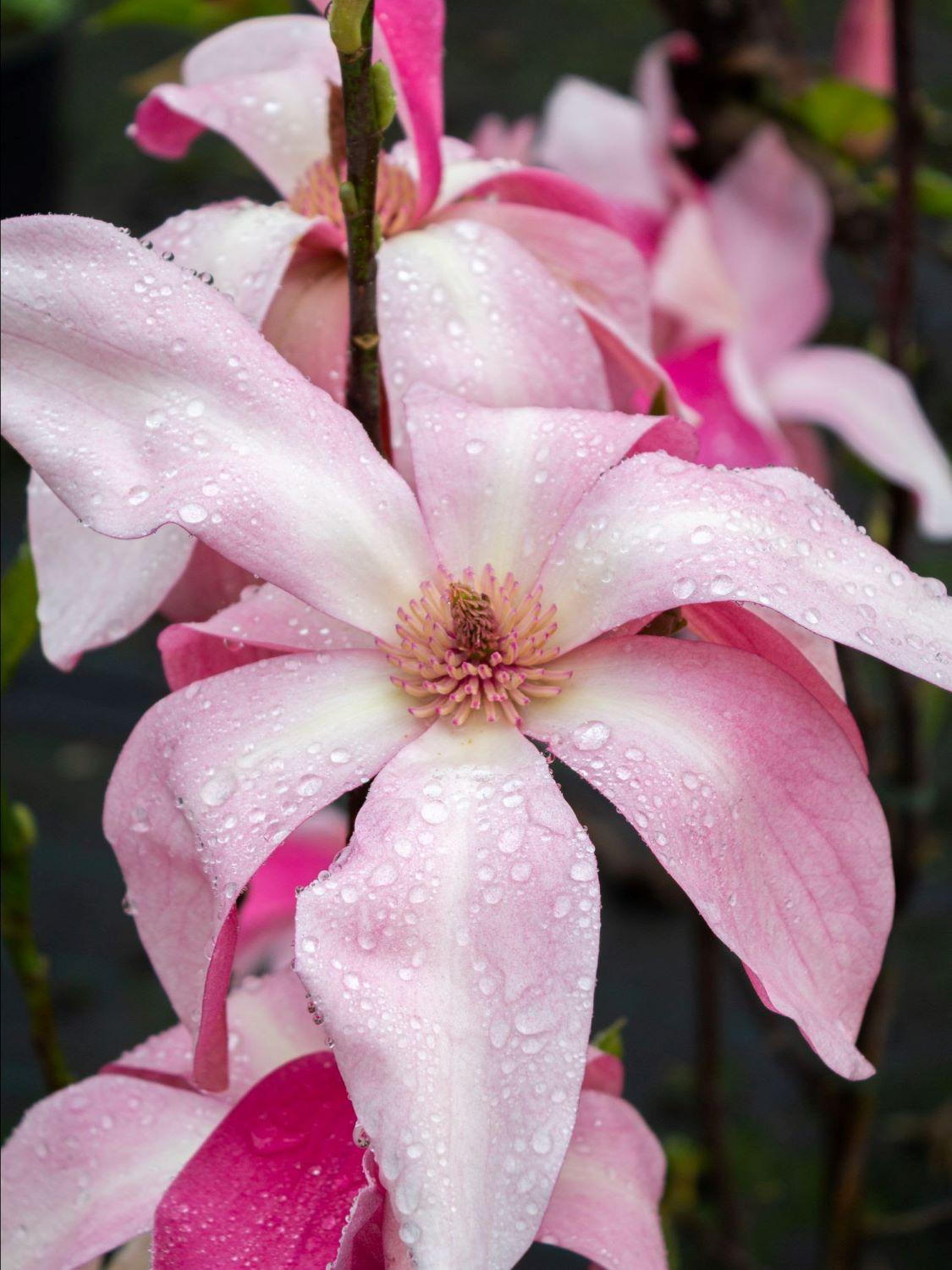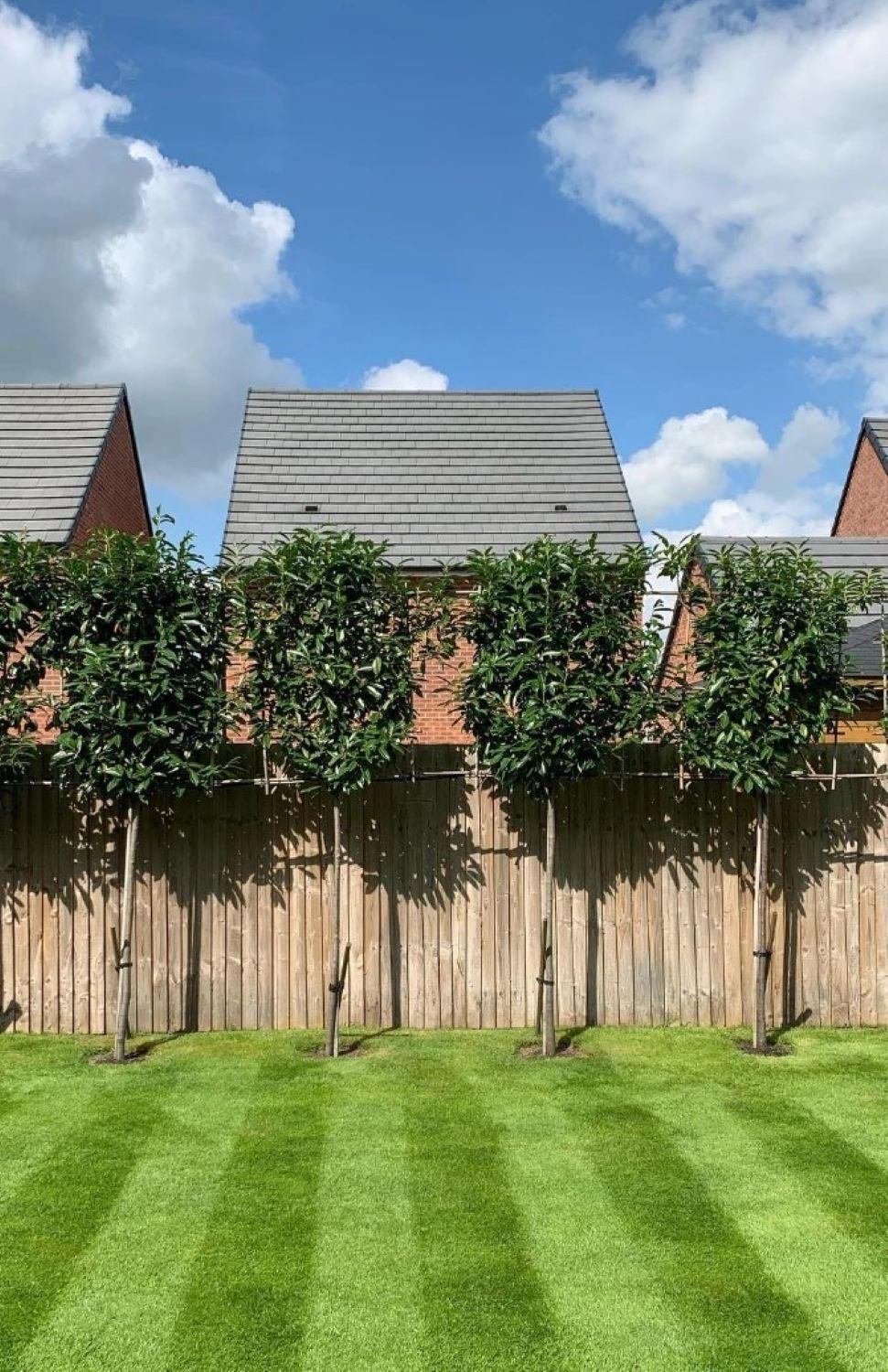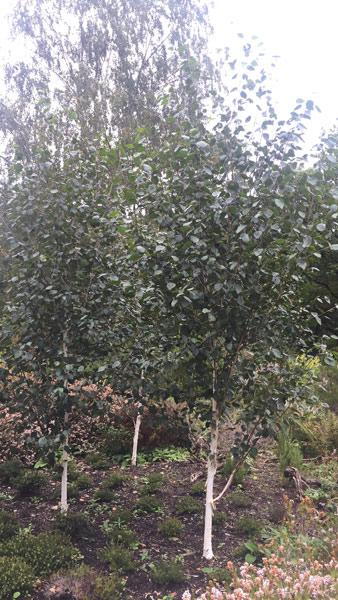Ginkgo Biloba Eiffel Maidenhair Tree Eiffel Deciduous Conifer
Ginkgo Biloba Eiffel, also known as Maidenhair Tree Eiffel, is a beautiful new variety of an ancient cultivar. The Ginkgo family of trees is unique in many aspects: these cultivars are deciduous conifers (which is unusual) and considered to be “living fossils.” Ginkgo Biloba is the only survivor of the species that existed 270 million years ago, even before the dinosaurs came to be.Today’s Ginkgo trees are virtually unchanged and keep the notable qualities of their ancestors. These deciduous conifers are exceptionally robust, adaptable, and highly-decorative. Maidenhair Tree Eiffel is no different when it comes to endurance and resiliency, and offers very attractive pyramidal growth habit and excellent autumn colour. During the growing season, the distinctive fan-shaped leaves of the tree are a medium green hue, but in the autumn, the foliage turns to a vibrant golden yellow.Height and Spread of Ginkgo Biloba EiffelSince this is a relatively new variety of an extremely long-lived tree, its ultimate height cannot be determined with absolute certainty. But, considering its habit, this cultivar should reach a maximum height of 8 to 12 metres, as it is more compact than its close relatives.How Hardy Is Quercus Ginkgo Biloba EiffelMaidenhair Tree Eiffel belongs to species that survived two ice ages and extinction of dinosaurs. This tree is exceptionally tough, and it is fully hardy in the United Kingdom.How To Use Ginkgo Biloba EiffelWith its attractive appearance and relatively compact size, Maidenhair Tree Eiffel is an ideal candidate for a specimen tree, primarily in medium to large gardens. The lush, interesting foliage will offer interest throughout the season, and beautifully complement showier flowering cultivars.Since it is tolerant of urban pollution, this deciduous conifer is also an excellent choice for a street tree.How To Care For Ginkgo Biloba EiffelEasy to grow, Ginkgo Biloba Eiffel needs very little care to thrive. This tree will adapt to almost any soil, as long as it is fertile, deep, and has good drainage (Ginkgos do not do well in waterlogged soils). A low-maintenance tree, this compact variety requires no routine pruning. Removing any dead, congested, or damaged shoots will keep its habit neat and the tree healthy.Treasured for its good autumn colour and attractive overall appearance, Maidenhair Tree Eiffel is perfectly suited to serve as a focus of interest in the garden. Its unusual, distinctive foliage will provide beautiful texture and decorative value throughout the year. Pair it with ornamental grasses, such as Hakonechloa macra Aureola, Imperata Red Baron, or Miscanthus Sinensis Variegatus for an Asian-inspired garden theme.
